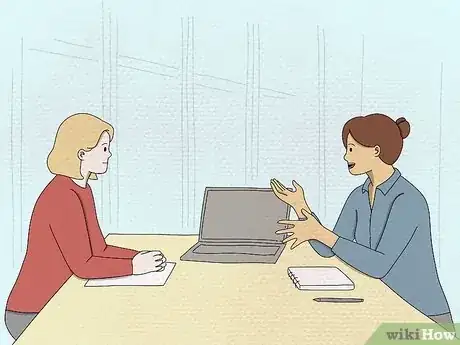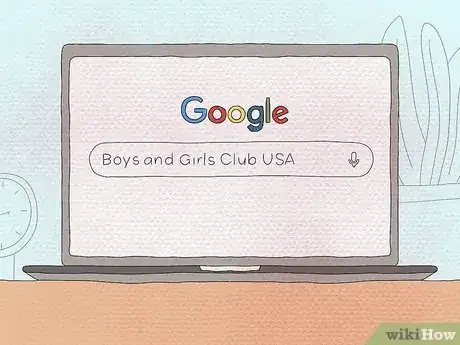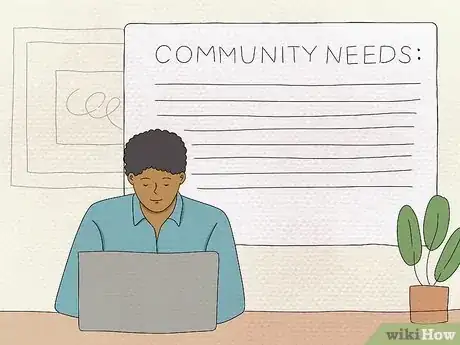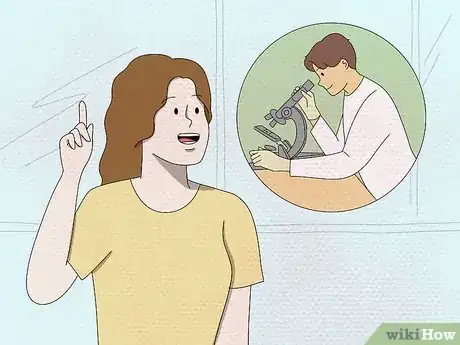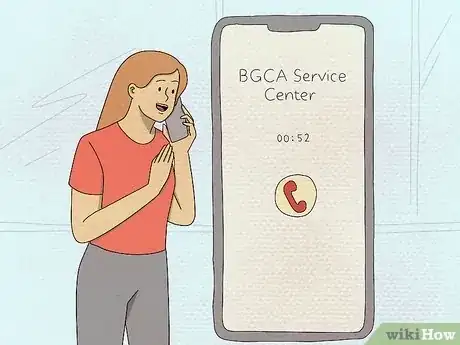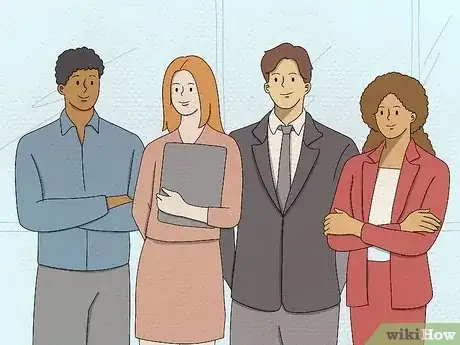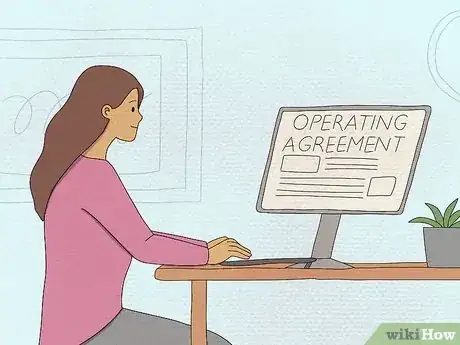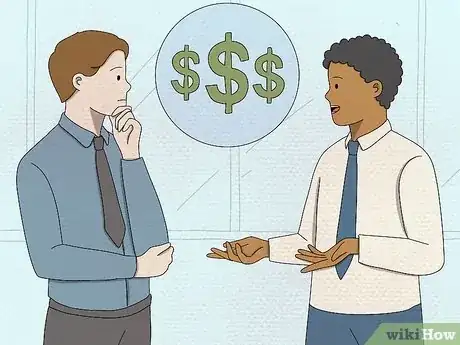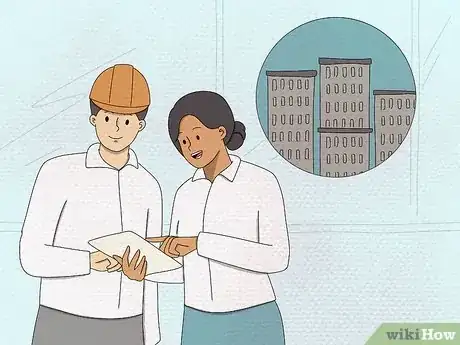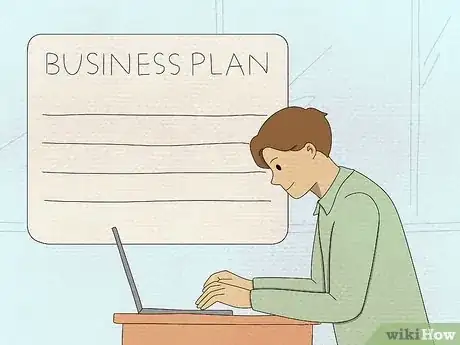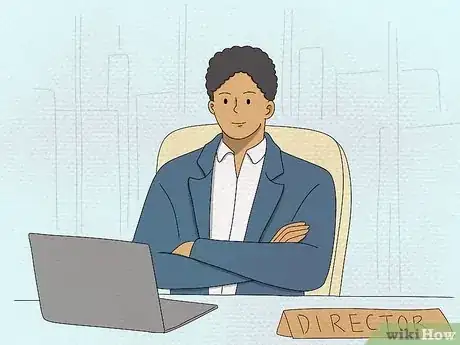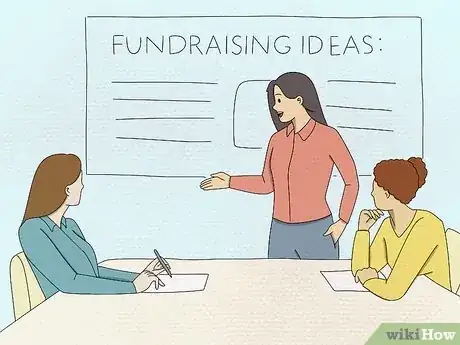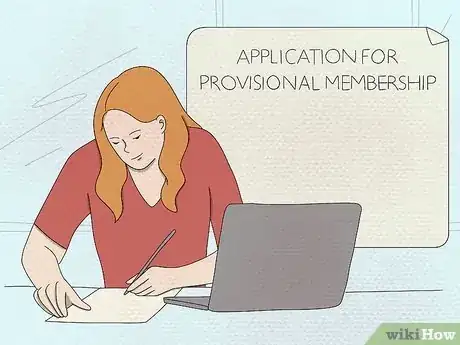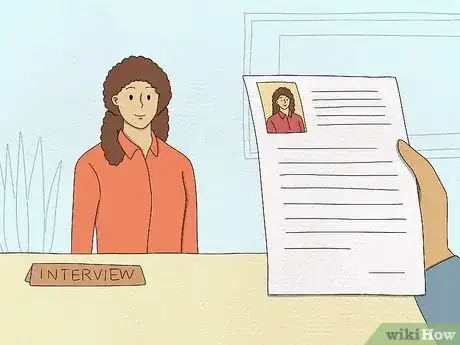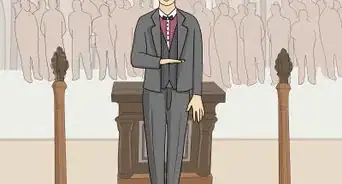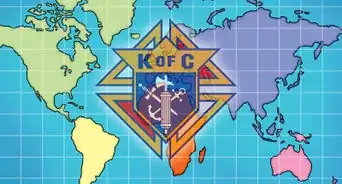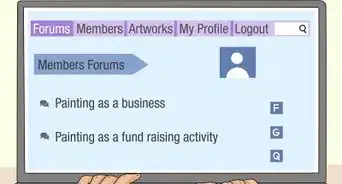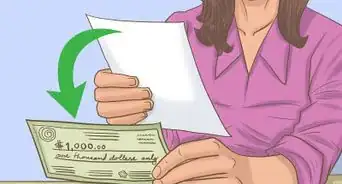This article was co-authored by wikiHow staff writer, Jennifer Mueller, JD. Jennifer Mueller is a wikiHow Content Creator. She specializes in reviewing, fact-checking, and evaluating wikiHow's content to ensure thoroughness and accuracy. Jennifer holds a JD from Indiana University Maurer School of Law in 2006.
This article has been viewed 26,731 times.
Learn more...
The Boys & Girls Clubs of America are nonprofit organizations that provide a safe and constructive environment for children and teens after school. The clubs offer the young people they serve mentorship, creative, entertainment, and educational opportunities. The model also has been adapted around the world, so even if you don't live in the US you may still be able to start a Boys & Girls Club in your community.[1]
Steps
Gathering Data and Resources
-
1Talk to community leaders. Typically it takes several well-connected people to get a new Boys & Girls Club off the ground. People who are involved in your community and are respected by community members can be a good starting point.[2]
- You might want to pass out fliers at your local school, library, or community center and hold an informational meeting for those interested in becoming involved.
- Reach out to school board members, community organizers, and others who you think would benefit the organization and be able to contribute in a robust and meaningful way.
-
2Review the membership requirements. If Boys & Girls Clubs are organized in your country on a national level, they will have a list of requirements that your organization must meet if you want to be affiliated as an official Boys & Girls Club.
- If there's another Boys & Girls Club in a nearby community, you may be able to get information there. You also can go to the national Boys & Girls Club website. To find it, just do an internet search for "Boys & Girls Club" (in quotes) along with the name of your country.
- Requirements typically are extensive and will require you to submit documentation of your organization, location, and plan for programs, as well as the names and personal information for anyone on the Board of Directors or directly involved with the organization and its planning.
- Keep in mind that it may take you a year or longer to get your Boys & Girls Club off the ground. The membership requirements can serve as a road-map to organize yourself during the planning stages.
Advertisement -
3Research your community. In the initial planning stages, you must create a detailed document that specifically details your community's need for a Boys & Girls Club, and the way your particular club will help fulfill that need.[3]
- The key here is to identify unmet needs. This means any other resources available to young people in your community should be clearly described. Then, you must explain why your Club would not duplicate those services.
- You also should pinpoint a desire in your community for a Boys & Girls Club. You can do this by creating a survey for parents or young people to fill out. Make the survey available online or go door-to-door and talk to your neighbors.
- At the same time, address the ability to fund your organization. Boys & Girls Clubs are nonprofit, so your community must have sufficient resources to keep the Club going. Research whether funding is available from other community organizations in your area.
-
4Brainstorm ideas for your club. Once you've researched your community and understand what kinds of unmet needs there are, get together with the other people who have agreed to help and start coming up with ideas for how to fulfill those needs.
- For example, if you have uncovered that your local school has the lowest math and science grades in the region, you might develop a series of programs and activities designed to make math and science learning fun. You also might plan to hire tutors who could help students who are struggling in those areas.
-
5Contact a national representative. The level of involvement your national organization has in the development of your Boys & Girls club will depend on your country. However, at this stage it's appropriate to contact the national organization to find out what your next steps should be.
- Typically, a member of the national organization will be directly involved in the planning stages, and in helping you get your Boys & Girls Club off the ground and running successfully. They also can provide you advice and give you access to resources that will help you in the planning stages.
- In the United States, you should contact one of three BGCA Service Centers. These Centers support Boys & Girls Clubs nationwide, and will help guide you through the next steps. Your group will be assigned a BGCA Director of Organizational Development, who also will connect you with directors of other local clubs in your general area.
Developing Your Organizational Plan
-
1Appoint a Board of Directors. After the first planning phase is complete, you should have a better idea of what your Boys & Girls Club is going to look like. At this stage, you're ready to choose a volunteer Board of Directors who will make all decisions related to the organization.
- Typically you'll want to choose people who have been instrumental during your first phase of planning, as well as community leaders whose reputation will lend your organization some clout.
- The size of your Board of Directors is to a large extent up to you, but also depends on incorporation law. Some states require a minimum number of people on the Board of Directors. Since you will ultimately have to incorporate, check the law that will apply to your organization or contact an attorney who specializes in nonprofit law.
- Generally, having someone with legal expertise in founding a nonprofit will be a benefit to the Board. Someone with a background in financing and bookkeeping of a nonprofit also would be an asset.
-
2Develop an operating agreement. The operating agreement provides the basic rules regarding how your organization will operate, how donations will be collected and managed, and who will be in charge of various aspects of the organization.[4]
- You can find forms or look at the operating agreements of other Boys & Girls Clubs near you to get an idea of how this document should look and what should be included.
- If you will be partnering with any other nearby Boys & Girls Clubs to pool resources, these agreements should be described specifically in your operating agreement.
-
3Determine your Club's budget. At this point, you have a general understanding of how much it will cost to keep the doors open. You also can determine costs for equipment and supplies that will be necessary for your programs.[5]
- Work with a real estate professional to get a good idea of how much you can expect to pay to lease facilities. You'll need to work this into your budget.
- Identify whether costs are one-time costs or regular costs. For example, buying exercise equipment for a gym would be a one-time cost, while paper and pencils would be a regular cost.
- Talk to other Boys & Girls Club directors to get a general idea of what a reasonable budget should be, and adjust yours accordingly.
-
4Find a suitable location. Look for a building that has the space necessary for you to offer the programs you've planned. Your facility should be large enough to accommodate the number of young people you anticipate will participate, based on your research.[6]
- It may help to seek out a realtor who has experience with nonprofits to help you identify a location that fits within your Club's budget.
- Generally, you want to make sure the location is in a relatively safe area where the young people in your care will not be at a significant risk if they are outside your facility.
-
5Create your business plan. Since you're going to be incorporating, you'll need to create a business plan for your Boys & Girls Club. These documents are fairly standard for nonprofit and for-profit corporations alike, and detail your mission, the programs you plan to offer, your budget, and your plans for funding.
- You can find templates for a nonprofit business plan online, or you can get samples from your national Boys & Girls Club office. You also might ask nearby chapters if you can look at theirs.
- If you have no experience drawing up a document like this, it might be better to delegate this task to someone who does have experience, or talk to an experienced attorney. While your business plan is not a legal document, nonprofit planning attorneys will have experience creating them.
- You also want to include a summary of the data you gathered when you researched your community to identify unmet needs.
-
6Request sample documents. Your national organization may have sample documents or templates that you can use to create the legal documents you'll need for planning your organization.
- Templates take a lot of the guesswork out of these documents, which can get complicated – especially if you have no experience establishing a new business or nonprofit.
- If you can't access the templates or samples you need, or if you find them too confusing to follow, contact an attorney who specialized in nonprofit organization and planning. It wouldn't hurt to have an attorney with nonprofit experience on your Board of Directors.
-
7Begin the process of incorporation. Before you can officially open as a Boys & Girls Club affiliate, your organization must be incorporated as a non-profit corporation. The specific process varies greatly depending on where you are located.
- Generally, if you are located in the United States or Canada, you must become incorporated and then apply for tax-exempt nonprofit status with the national government. Keep in mind that this can take some time.
- Expect to pay several hundred dollars (or the equivalent) in fees to become incorporated. There also are specific documents that must be filed with your state, local, and federal government.
- If you have no experience with incorporating a business, leave this to someone who does or hire an attorney.
Establishing Your Programs
-
1Hire a director. Once your business and legal documents are in place, you'll want to name a specific person as director who will oversee the daily operations of the Club as well as being the point person for any communication.[7]
- Since you're the one who wanted to start a Boys & Girls Club in your community, the director may very likely be you. However, you should be willing to pass the title to someone who has experience directing a Boys & Girls Club, if such a person is available.
- You also can talk to staff at other Boys & Girls Clubs in your area to identify potential recruits. However, ideally you want your first director to be someone from your community who is extensively involved and has connections within the community.
-
2Start raising funds. After your Club is incorporated, you can start soliciting donations for your Boys & Girls Club. While you're free to accept donations before incorporation, make sure your donors know that their donations will not be tax-deductible.[8]
- Get together with your Board to brainstorm fundraising ideas. Invite directors of other Boys & Girls Clubs in nearby communities – you may be able to develop some joint projects.
- Community leaders and elected officials can be a great source of funds. You might consider holding a dinner or raffle to get them involved.
-
3Apply for provisional membership. Your national Boys & Girls Club will probably have an application you must complete to gain provisional membership as an affiliate Club. After a set period of time, you can apply for full membership.
- While you have provisional status, you typically have to submit documents to the national organization regularly, and your activities and programs may be monitored or observed.
- During this time, you also will receive guidance from the national organization that will help you build a strong foundation and get your club started on the right track.
-
4Work with local or regional clubs. Established Boys & Girls Clubs in your area can be great resources when you're just getting your club off the ground. If there are still people involved in these clubs who were there at the founding, find out what mistakes they made and lessons they learned during that process.[9]
- Connecting with these groups also gives you an air of legitimacy when you're just starting out – especially as you go looking for funding.
- You also can learn from their experience and benefit from the roots they've put down in your region. If they see unmet needs in your community, they will be willing to help you make sure those needs are fulfilled.
-
5Recruit quality staff and volunteers. Because you are a nonprofit organization, the bulk of your staff will be made up of unpaid volunteers. Depending on where you're located, the Boys & Girls Club may have regulations to follow regarding how you recruit and screen volunteers.[10]
- Since you're working with young people, all of your volunteers will have to submit to a background check to ensure that they can work with children. For example, someone who had been convicted of molesting a child should not be accepted as a volunteer.
- Many of these background checks can be completed for free, while others require a small fee. Check with your national Boys & Girls Club office as well as your government to find out how to conduct thorough background checks of your applicants.
-
6Use local outreach and social media to attract youth. Fliers at schools, public libraries, and community centers in your neighborhood may get the attention of young people (and their parents), but the internet may be your best bet to reach the most people.[11]
- Set up a Facebook page for your Boys & Girls Club chapter and send invites to people in your community, encouraging them to "like" the page and spread the word.
- When you're just starting out, holding an open community event, such as a board game night, can be a great way to get people interested in participating in your Club. Make sure you start each event with a brief presentation of your Club and the programs you have available.
References
- ↑ https://www.bgca.org/about-us/local-clubs
- ↑ https://www.bgca.org/get-involved/start-a-club
- ↑ https://www.bgca.org/get-involved/start-a-club
- ↑ https://www.bgca.org/get-involved/start-a-club
- ↑ https://www.bgca.org/get-involved/start-a-club
- ↑ https://www.bgca.org/get-involved/start-a-club
- ↑ https://www.bgca.org/get-involved/start-a-club
- ↑ https://www.bgca.org/get-involved/start-a-club
- ↑ https://www.bgca.org/get-involved/start-a-club
